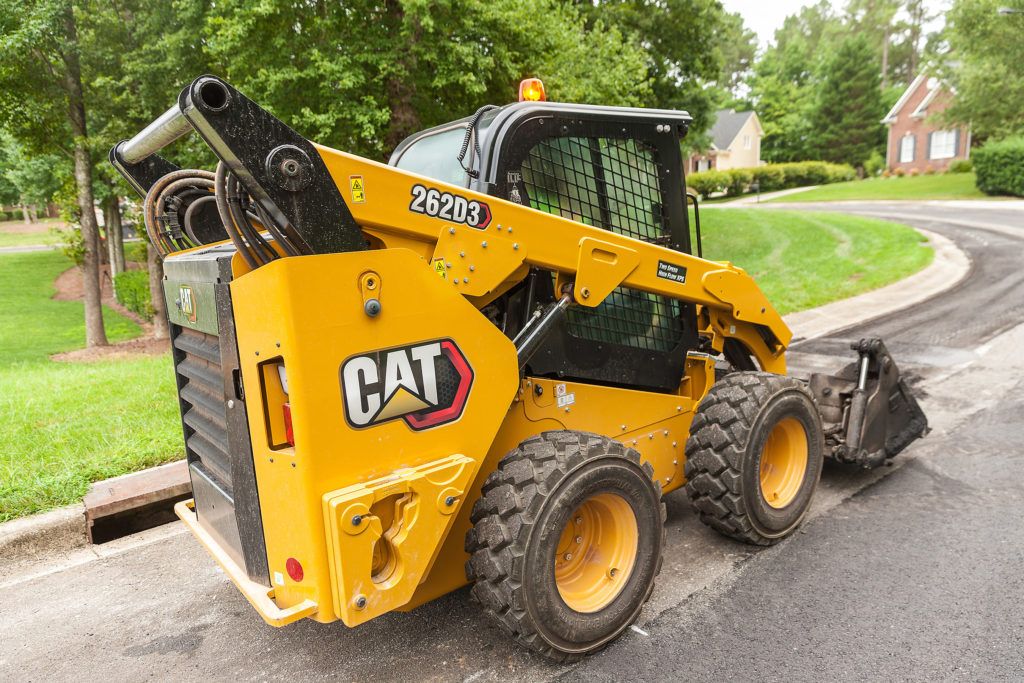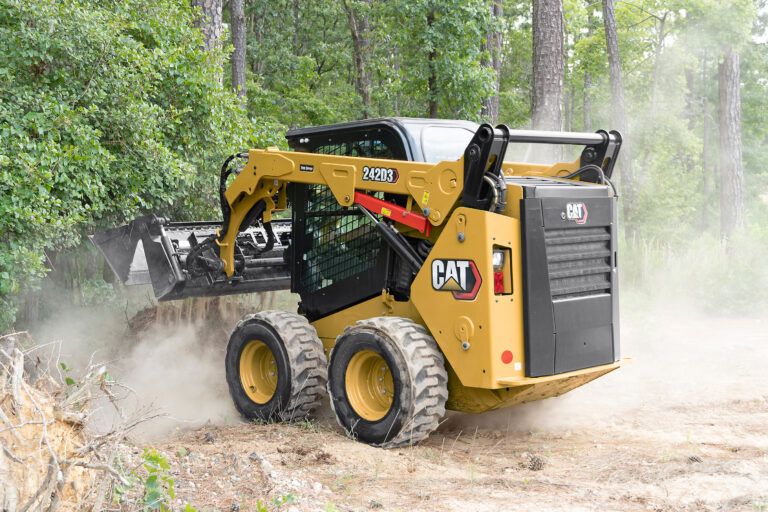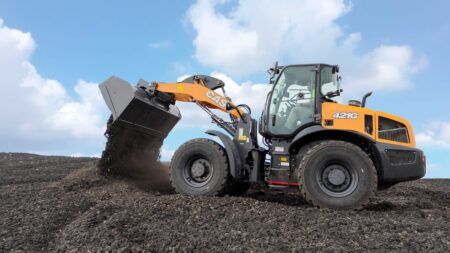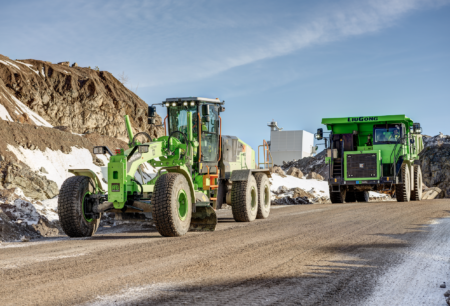Caterpillar has announced the release of 16 new Cat D3 Series Skid Steer Loader (SSL) and Compact Track Loader (CTL) models. The company said that they advance the D and D2 Series’ reputation for quality, comfort, and performance and deliver improvements in operator experience, and track loader stability. The D3 Series models also support a line of new Smart Attachments. This advanced machine technology recognizes certain attachments and tailors the controls and operator information to match the tool and the task.
 Entering and exiting the new D3 Series loaders equipped with an enclosed cab is now easier due to a wider opening cab door. Furthermore, the distance between joystick pods has increased by 3in (76 mm), offering extra space for the operator inside the cab to deliver a more comfortable experience.
Entering and exiting the new D3 Series loaders equipped with an enclosed cab is now easier due to a wider opening cab door. Furthermore, the distance between joystick pods has increased by 3in (76 mm), offering extra space for the operator inside the cab to deliver a more comfortable experience.
New Cat D3 Series CTLs deliver improved operating stability while handling heavy loads, grading or truck loading. Changes to the undercarriage frame and torsion axles reduce machine pitching and rocking, while still offering superior ride comfort.
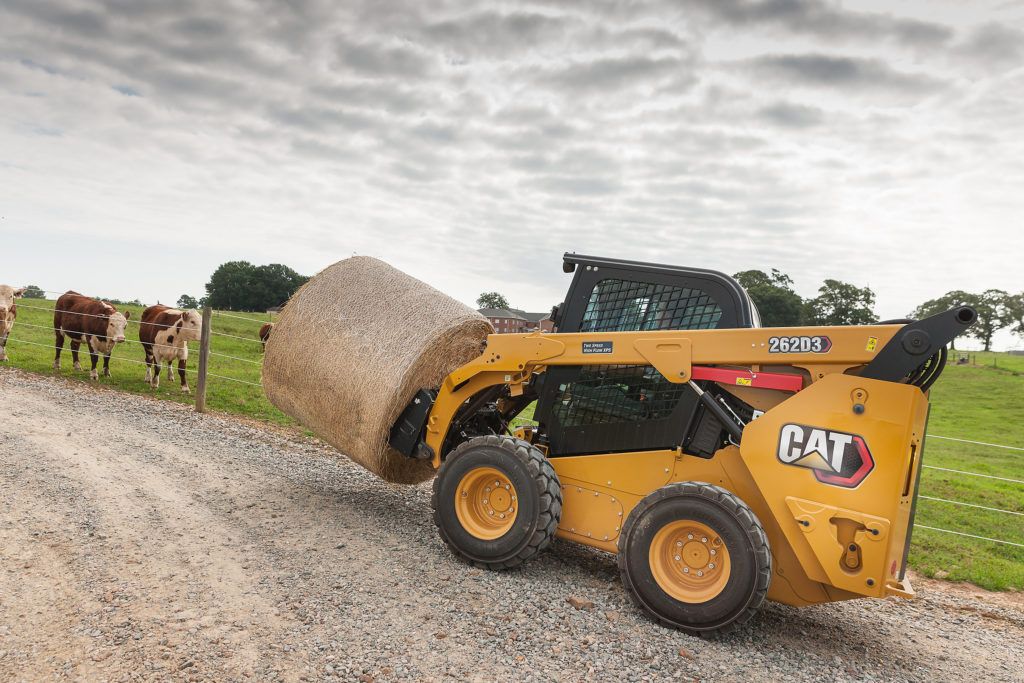 All Cat D3 Series CTLs feature standard two-speed travel to improve performance at the jobsite. These machines are geared to deliver high torque digging performance as well as high top-end speed for travel. The powerful Cat 279D3 and 289D3 loaders boast an 8.4 mph (13.6 kph) top-end ground speed, a 20 percent increase over their D Series counterparts. The Cat 239D3 and 249D3 models are now built with 2-speed transmission as standard, versus the previous single speed, increasing travel speed by 9 percent and aligning these models with the rest of the two-speed equipped CTL model range.
All Cat D3 Series CTLs feature standard two-speed travel to improve performance at the jobsite. These machines are geared to deliver high torque digging performance as well as high top-end speed for travel. The powerful Cat 279D3 and 289D3 loaders boast an 8.4 mph (13.6 kph) top-end ground speed, a 20 percent increase over their D Series counterparts. The Cat 239D3 and 249D3 models are now built with 2-speed transmission as standard, versus the previous single speed, increasing travel speed by 9 percent and aligning these models with the rest of the two-speed equipped CTL model range.
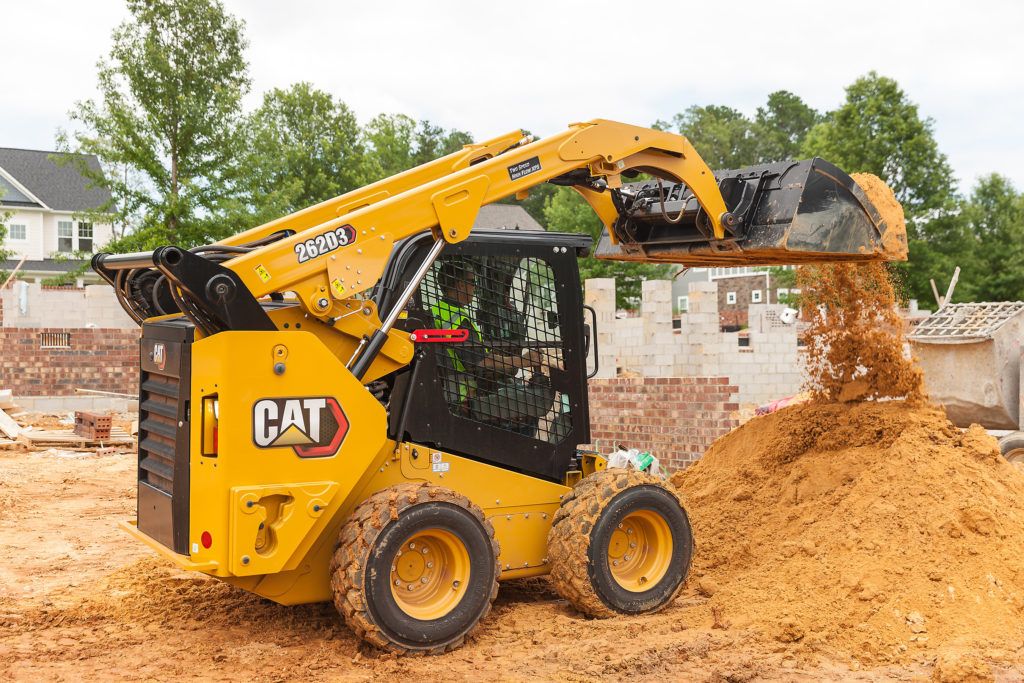 The D3 Series Cat SSL and CTL models feature Smart Technology that enables the D3 Series Cat SSL and CTL models to automatically recognize smart attachments and convert machine controls to align with the operational and informational needs of that attachment.
The D3 Series Cat SSL and CTL models feature Smart Technology that enables the D3 Series Cat SSL and CTL models to automatically recognize smart attachments and convert machine controls to align with the operational and informational needs of that attachment.
Advanced control features include Return-to-Dig and Work Tool Positioner to assist operators with repetitive tasks like grading, digging, and loading. These items are now bundled together with the dual direction self-level feature so that even more operators will be able to take advantage of features that automate machine functions to allow these tasks to be completed with less user interaction and expertise.